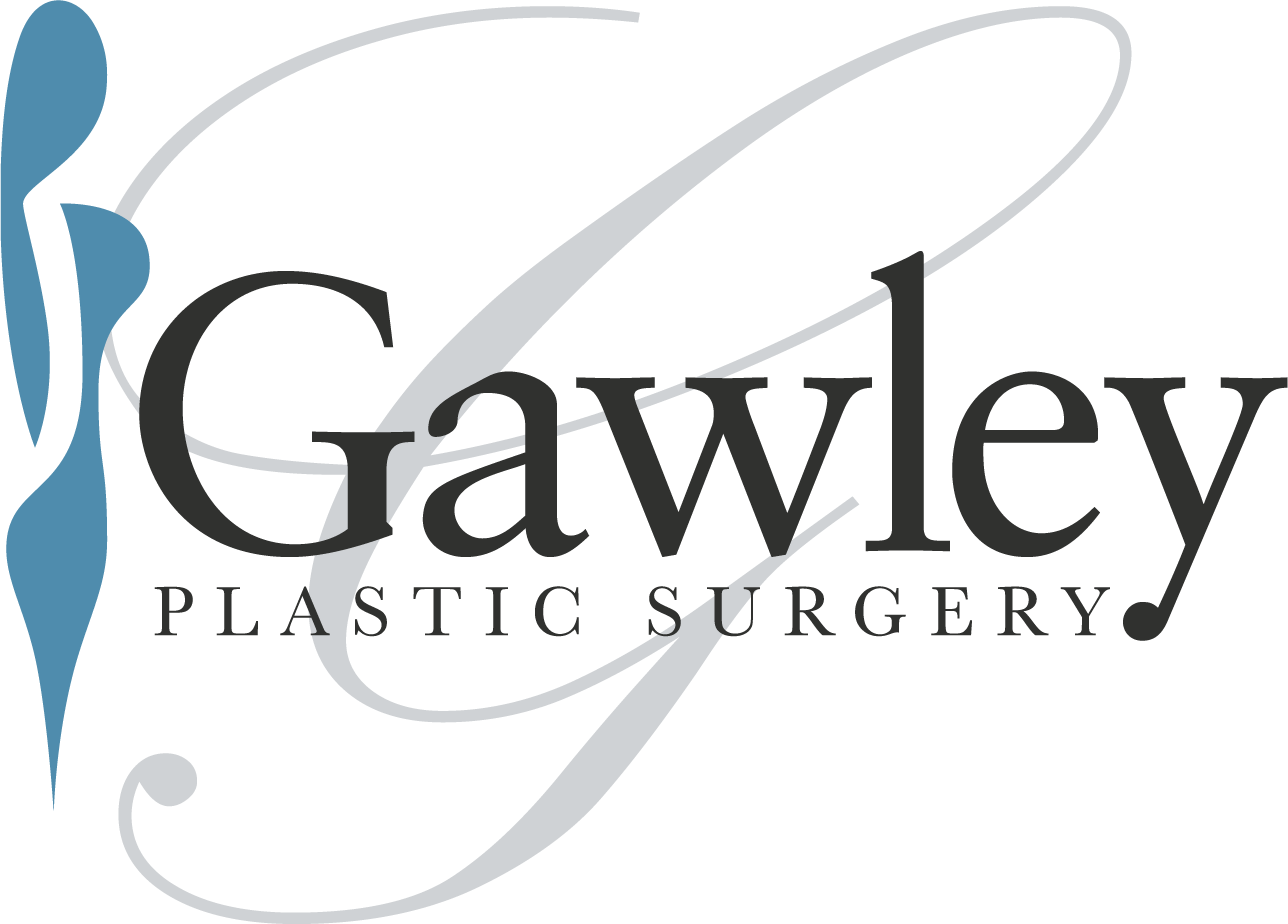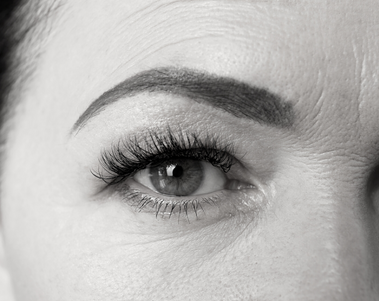FaceTite/NeckTite
Minimally-invasive facial contouring devices
Many patients are hesitant to undergo surgical lift procedures for a variety of reasons, making FaceTite and NeckTite excellent options.
In the hands of a board-certified plastic surgeon, they’re some of the most effective ways to tighten, lift, and contour the face and neck respectively. Both can be an excellent alternative to a facelift or neck lift procedure.


Am I a Good Candidate
for FaceTite/NeckTite?
FaceTite and NeckTite are great options for patients who aren’t ready for a surgical facelift or neck lift. Additionally, they can be a great way to maintain your results from a surgical lift procedure. FaceTite and NeckTite both target the lower face and can effectively treat concerns like:
- Mild to moderate skin laxity
- Stubborn fat
- Wrinkles, folds, and fine lines
During your consultation with our surgeons, you’ll discuss your goals, medical history, and lifestyle to determine whether these options are right for you.
The Procedure
FaceTite and NeckTite work using radiofrequency technology which causes subdermal tissue to contract and generate new collagen. This process comes with a few key benefits, including fat reduction and tissue remodeling for more complete facial contouring, dual temperature control to reduce damage to the surrounding tissues, concentrated treatment using a tiny incision
With the right approach, the result is a more youthful, firmer look without the incisions or recovery of a surgical procedure. They can also be easily combined with other non-surgical or minimally-invasive treatment options for best results.
Complimentary Procedures
Traditional Facelift
The traditional facelift addresses the lower two-thirds of your face and neck, removing excess skin and fat and tightening the muscles. The result is a smoother, firmer, more youthful appearance. A traditional facelift can correct:
• Loose skin
• Fat deposits
• Creases below the lower eyelids
• Marionette (smile) lines, or creases around the mouth
• Mid-face sagging
• Jowls
• Double chin
Endoscopic Mid-Facelift
The endoscopic facelift, also referred to as a cheek lift, is minimally invasive and virtually scarless. This method uses tiny incisions hidden in the hairline and a miniature camera to lift the cheek area. A mid facelift can correct:
• Sagging mid-face
• Sagging cheeks
• Cheek folds
• Lines around the mouth
• Jowls
• Hallowing in the lower eyelids
• Deep nasolabial folds (smile lines)
Open Brow Lift
An Open Brow Lift involves an incision across the hairline to improve and lift the brow area. Occasionally, our surgeons do perform an endoscopic brow lift, but generally advise against it can have a less long-lasting effect.
• Drooping brow
• Frown lines between the brows (11 lines)
• Skin laxity in the forehead
• Deep forehead wrinkles

Recovery & Results From FaceTite/NeckTite
FaceTite and NeckTite come with minimal downtime. You can plan on returning to office-based work in about 2 days, but you may need longer if your job is more labor-intensive. It’s normal to experience some minor bruising and swelling, but this subsides within a few days. You’ll be given detailed recovery instructions by our office to following during this time. Generally, you’ll begin to notice smoother, more rejuvenated skin within a few days, but it can take up to a few months for your full results to emerge.
See what our clients say
Patients can feel confident in choosing Gawley Plastic Surgery, as we aim to provide you with the best patient care available.

Dr Bryan Gawley and his team are of the highest caliber.
The client services team ensures you are kept well informed and comfortable throughout the process. You are in great hands with Gawley Plastic Surgery.
- Ben H.

FaceTite/NeckTite FAQs
Using a similar device to FaceTite, BodyTite is a minimally invasive alternative to liposuction, delivering exceptional results without downtime. BodyTite can be used on problem areas on the body to treat skin laxity and excess fat.
After FaceTite, your skin will continue to contract and restructure over the course of the next 3-4 months. You’ll begin to see your best results emerge within about 6 months to 1 year.
Most patients require only a single treatment for best results. However, you can still undergo maintenance treatments every 1-5 years (or as often as needed).



